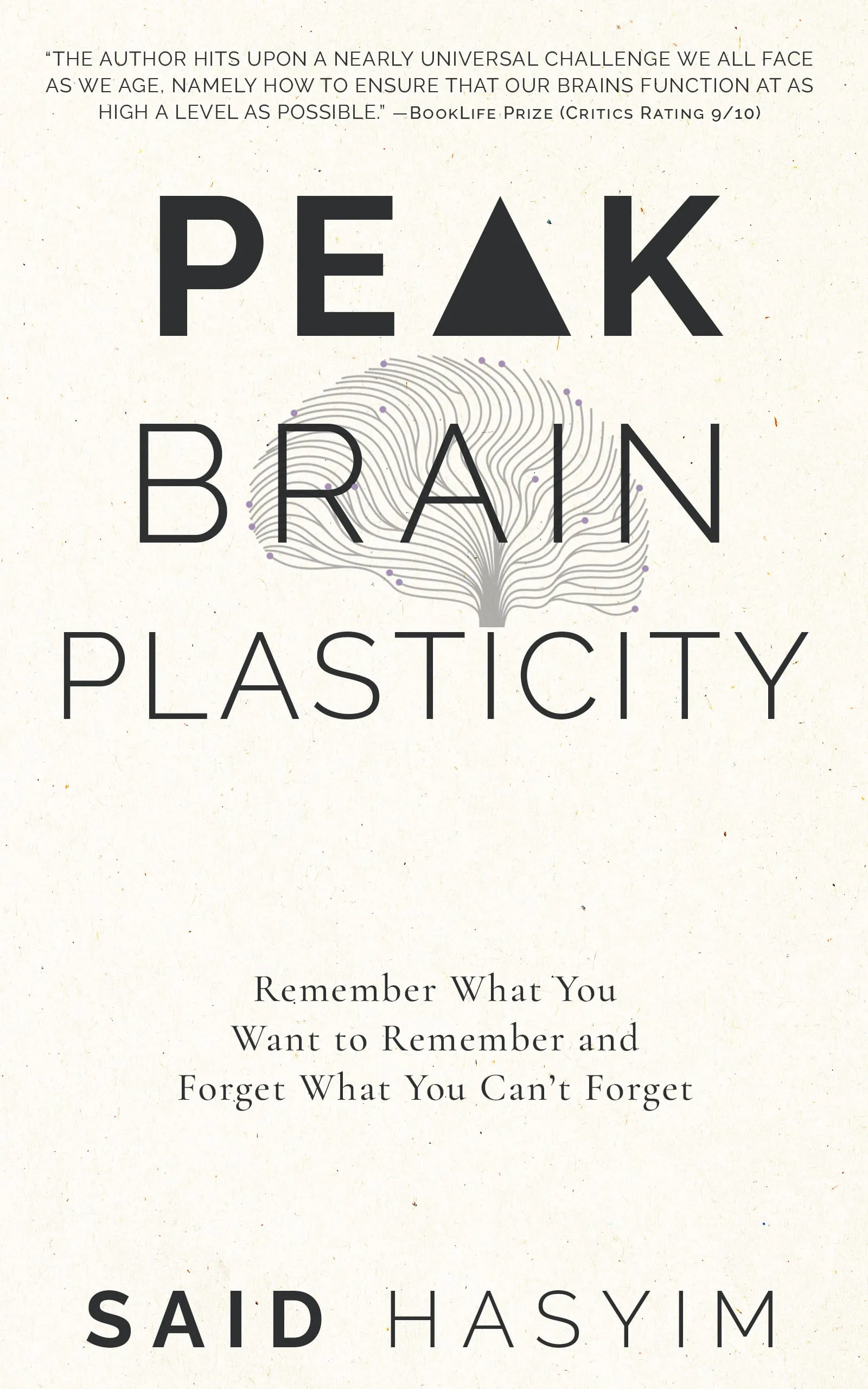Memory Hacks: Leverage Brain Plasticity for Success
In our rapidly changing world, the ability to learn, adapt, and remember is more critical than ever. From professional growth to personal development, enhancing memory can unlock new opportunities and drive success. One of the most profound insights in neuroscience is the concept of brain plasticity—the brain's remarkable ability to adapt and reorganize itself. By leveraging this quality, anyone can improve their memory and achieve their goals. Let's explore how you can harness brain plasticity effectively in your life.
Understanding Brain Plasticity
Brain plasticity, also known as neuroplasticity, refers to the brain's ability to change throughout an individual's life. This adaptive capability allows the brain to reorganize pathways, create new connections, and sometimes even generate new neurons. Neuroplasticity occurs in response to learning, experience, and environmental changes. Essentially, it means that our brains are not static; they are dynamic and continuously evolving.
Types of Neuroplasticity
Functional Plasticity: The brain's ability to transfer functions from damaged areas to healthy areas. This is often seen in stroke recovery, where other parts of the brain take over the responsibilities of the injured regions.
Structural Plasticity: This involves the physical changes in the brain's structure in response to learning or environmental changes. For example, learning a new skill can enhance synaptic connections among neurons within specific brain areas.
Memory and Learning: The Neuroplasticity Connection
Memory is fundamentally linked to learning, and it is deeply influenced by neuroplasticity. The more we engage in stimulating activities, the more connections we create in the brain. Here are some essential aspects to understand:
Synaptic Strengthening: Each time we learn something new, the connections between neurons (synapses) are reinforced, making it easier to retrieve that information in the future. This process is known as long-term potentiation.
New Pathways: When we learn, the brain forms new neural pathways. The more we use these pathways through practice and repetition, the stronger they become.
Hippocampus Function: This brain region is crucial for forming new memories. Its plastic nature allows it to develop new neurons throughout our lives, which is essential for memory and learning.
Practical Memory Hacks
Now that we've laid the foundation, let’s dive into practical strategies to leverage brain plasticity for better memory and learning.
1. Embrace Lifelong Learning
Continuous learning stimulates neuroplasticity. Engage in activities that challenge you intellectually. This could be learning a new language, picking up a musical instrument, or even taking up a new hobby. The more diverse your learning experiences, the more robust your memory will become.
2. Use Spaced Repetition
Spaced repetition is a learning technique that involves reviewing information at increasing intervals. This technique helps reinforce neural pathways and makes it easier to recall information later. Apps like flashcard systems use this method to optimize retention.
3. Incorporate Multi-Sensory Learning
Using multiple senses can significantly enhance memory retention. Engage with new material through different modalities—reading, watching videos, listening to podcasts, and discussing concepts with others. This holistic approach not only makes learning more enjoyable but also strengthens memory.
4. Practice Mindfulness and Meditation
Mindfulness practices such as meditation have been shown to increase grey matter density in the brain and enhance neuroplasticity. Regular meditation can improve focus, attention, and memory, while also reducing stress—an important factor, as high stress can impede learning and memory function.
5. Maintain a Healthy Lifestyle
Physical health directly impacts brain health. Regular exercise increases blood flow to the brain and promotes the production of neurotrophic factors that support neuroplasticity. Additionally, a balanced diet rich in antioxidants, omega-3 fatty acids, and vitamins contributes to brain health.
6. Get Quality Sleep
Never underestimate the power of good sleep. Sleep plays a critical role in memory consolidation, where information is stabilized and integrated into long-term memory. Prioritize quality sleep to ensure your brain can perform at its best during learning activities.
7. Challenge Your Brain
Engage in puzzles, games, and other activities that challenge your cognitive abilities. Problem-solving tasks stimulate different parts of the brain, enhancing neural connectivity and promoting neuroplasticity.
8. Foster Social Connections
Social interactions can be a powerful cognitive stimulus. Engaging in conversations, collaborating on projects, or simply enjoying time with friends can enhance cognitive function and encourage the forming of new neural connections.
Conclusion
Harnessing the power of brain plasticity is a journey that requires dedication and curiosity. By applying these memory hacks into your daily routine, you are not only improving your memory but also embracing a lifelong journey of learning and personal growth. Remember, every moment is an opportunity to strengthen your brain and unlock your potential for success. Whether you want to excel in your career, expand your knowledge, or enhance your personal skills, leveraging the principles of neuroplasticity will set you on the path toward achieving your goals. So, start today—your brain will thank you tomorrow!
Harness the Power of Neuroplasticity
Discover Peak Brain Plasticity, a practical book to harnessing neuroplasticity. Enhance your memory, learn new languages quickly, and alleviate anxiety with effective study methods. Uncover daily habits that impact cognitive health and explore techniques for accelerated learning and memory retention. Unlock your brain's potential for growth and transformation.
